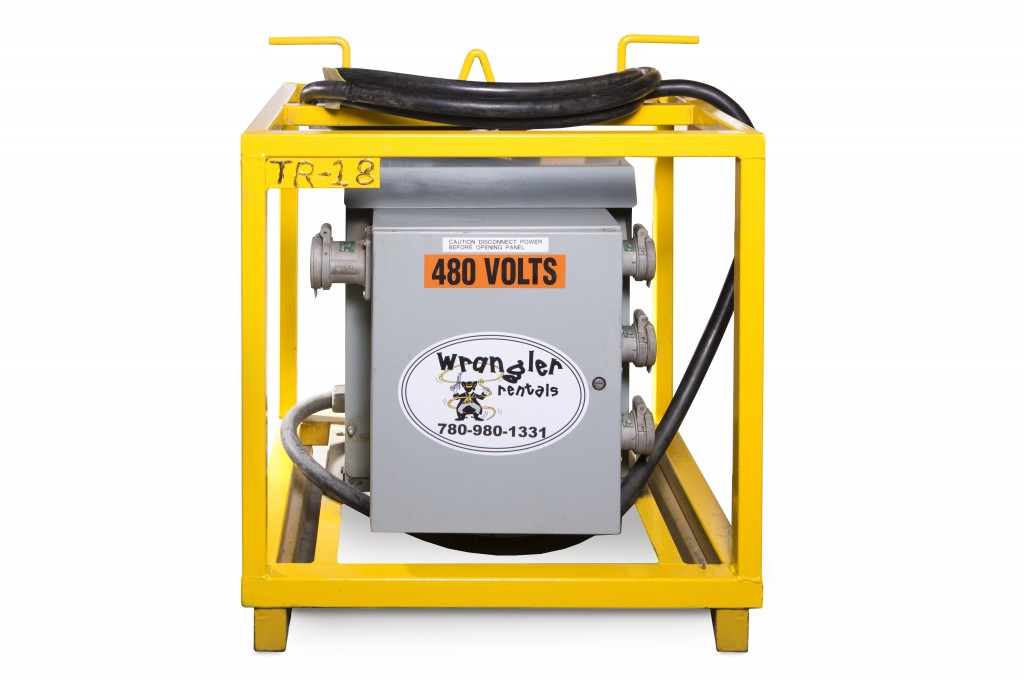Everything About Oil Field Equipment and Pipeline Equipment: Secret Insights and Crucial Info
Oil field equipment and pipeline systems play a critical duty in the oil and gas market. They are crucial for the effective removal and transportation of hydrocarbons. Trick parts, such as piercing rigs and tank, directly influence operational success. Developments in technology guarantee to boost safety and effectiveness. Understanding these elements is essential for any person involved in or curious about this intricate industry, as it establishes the stage for much deeper expedition of industry practices.

Introduction of Oil Field Equipment
As the need for oil continues to grow, recognizing the tools made use of in oil fields ends up being increasingly important. Oil field equipment incorporates a vast array of machinery and devices vital for expedition, removal, and processing. Secret elements include drilling rigs, which are critical for getting to oil storage tanks, and production tools, such as separators and pumps, that facilitate the removal process. Superior Rentals Contact. Furthermore, tank play a considerable duty in holding petroleum before transportation. Safety tools, including blowout preventers and stress evaluates, guarantees operational safety and performance. Each item of equipment functions cohesively to maximize manufacturing and keep effective operations. Familiarity with this devices is crucial for professionals in the sector to ensure successful operations and adherence to security standards
Sorts Of Drilling Rigs and Their Applications
Drilling rigs act as the backbone of oil extraction operations, with various types designed for certain geological conditions and functional needs. One of the most common kinds consist of rotating drilling rigs, which make use of a turning drill little bit to permeate the planet, and cable tool rigs, understood for their percussion drilling technique. For overseas procedures, jack-up rigs and semi-submersible rigs give stability and assistance in marine atmospheres. Furthermore, directional boring rigs enable drivers to pierce at angles, getting to down payments that are not vertically easily accessible. Each gear kind has unique advantages, enhancing efficiency and safety and security based upon the boring environment. Selecting the appropriate gear is crucial for making the most of source extraction while minimizing ecological influence and functional prices.

Vital Pipeline Equipment and Their Features
Pipeline framework is essential for the transportation of oil and gas from removal websites to processing centers and end-users. Different vital tools elements facilitate this procedure. Pipelines themselves serve as the key conduits, made to withstand high stress and harsh substances. Pump terminals are important for preserving flow by enhancing stress along the pipeline. Shutoffs play a crucial function in managing circulation and isolating areas for upkeep. Furthermore, installations and adapters assure protected joints in between pipe sections. Monitoring systems, including flow meters and pressure sensing units, are crucial for discovering leaks and optimizing circulation prices. Pigging equipment is utilized for maintenance and cleaning, guarding pipeline integrity and effectiveness. With each other, these components develop the backbone of a reputable pipeline system.
Developments and Technologies in Oil and Gas Equipment

Security and Upkeep Practices in the Oil Sector
While the oil industry has actually made substantial strides in technology and effectiveness, the value of robust safety and security and maintenance methods can not be overemphasized. Efficient security procedures are crucial to protect workers and the atmosphere, minimizing the danger of accidents and spills. Routine evaluations and maintenance of equipment help recognize possible concerns before they rise, making certain operational integrity. Educating programs for workers are crucial, highlighting the significance of safety awareness and emergency reaction procedures. In addition, adherence to sector policies and criteria cultivates a culture of safety. Executing innovative surveillance technologies can further improve upkeep methods, permitting for real-time analyses of tools problems. Ultimately, prioritizing security and upkeep is essential to the sustainability and success of the oil market.
Regularly Asked Concerns
What Are the Environmental Impacts of Oil Field Equipment?
The environmental impacts of oil field equipment include habitat destruction, water contamination, and air pollution (Superior Rentals Contact). In addition, equipment malfunction can bring about spills, adversely influencing wild animals and ecosystems, highlighting the demand for strict guidelines and tracking
How Is Oil Field Equipment Delivered to Remote Locations?
Transporting oil field equipment to remote places frequently includes specific lorries, helicopters, or barges. Logistics firms coordinate paths, making certain devices arrives safely and efficiently, thinking about terrain and ease of access to decrease hold-ups and make best use of productivity.
What Regulative Requirements Govern Oil Field Equipment?
Regulatory criteria regulating oil field equipment mainly consist of safety, environmental management, and operational performance guidelines. Agencies such as OSHA and EPA impose these regulations to guarantee risk-free methods and lessen ecological impact in oil construction equipment rentals near me extraction procedures.
What Skills Are Needed to Run Oil Area Equipment?

Exactly How Do Oil Prices Impact Equipment Need and Use?
Oil costs considerably affect tools need and usage. Greater prices normally cause enhanced exploration and production activities, driving demand for equipment. On the other hand, reduced rates may lead to minimized procedures and lowered demand for tools.